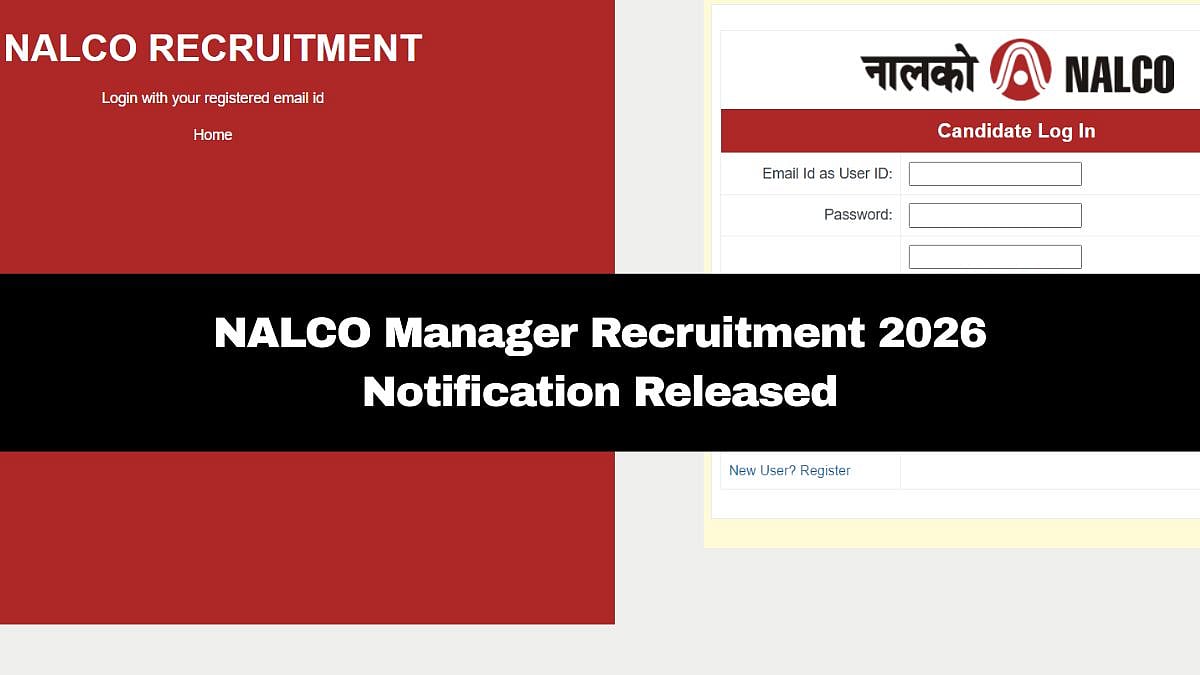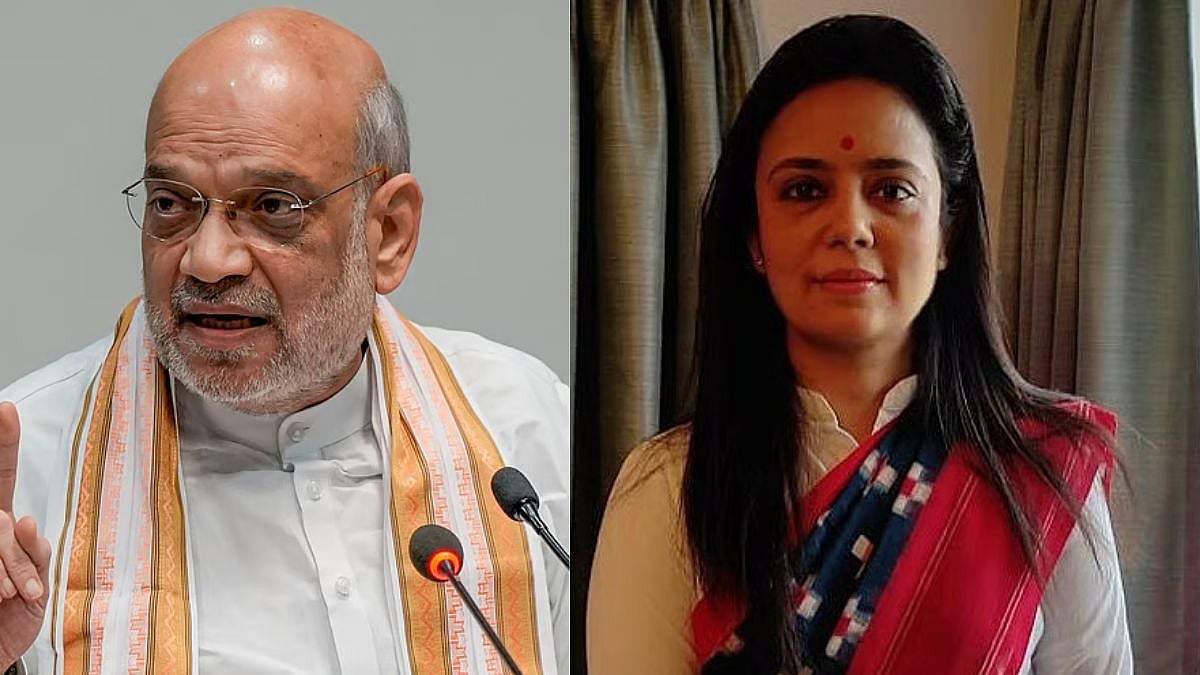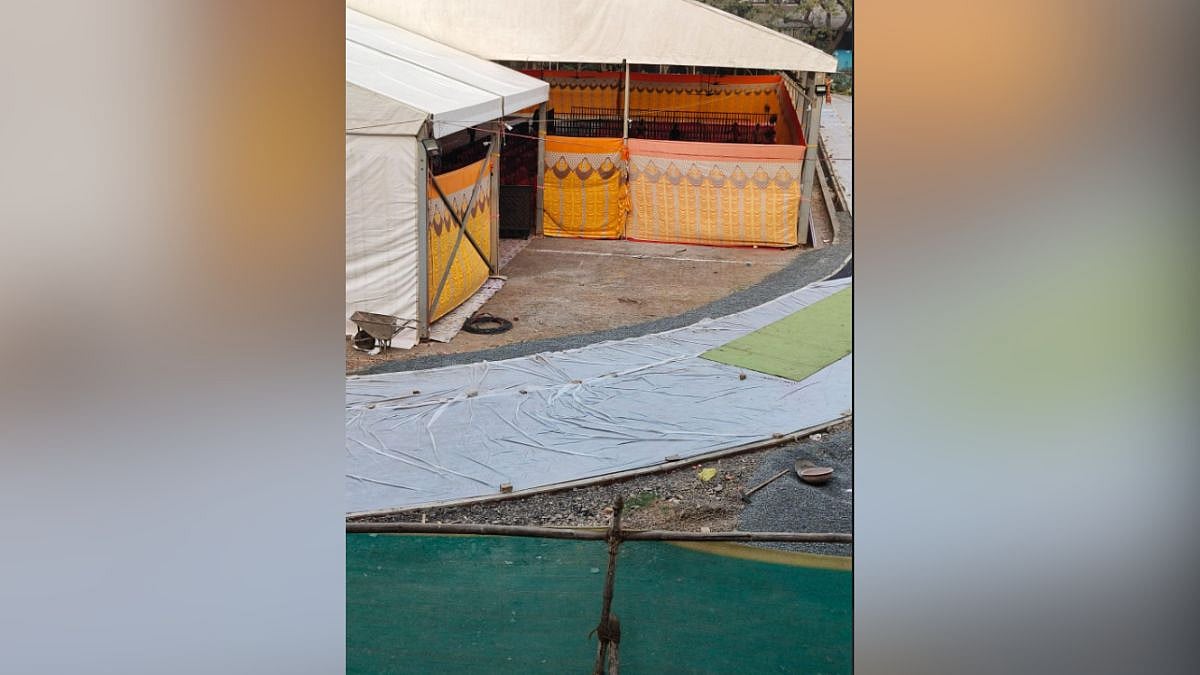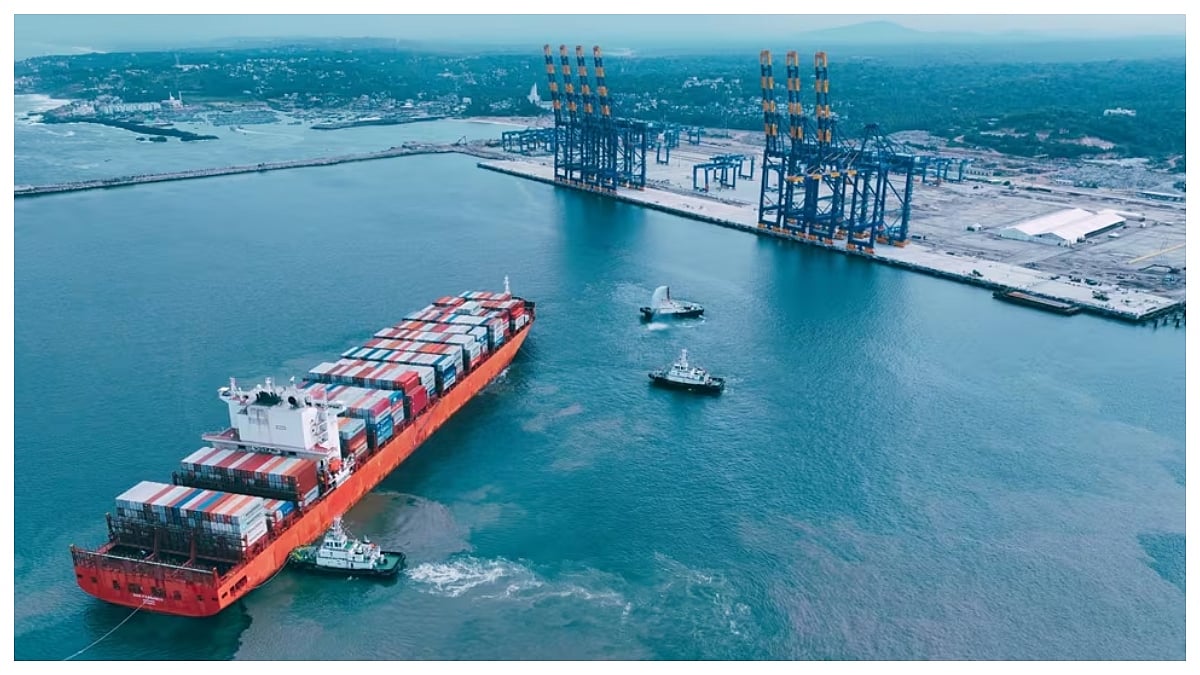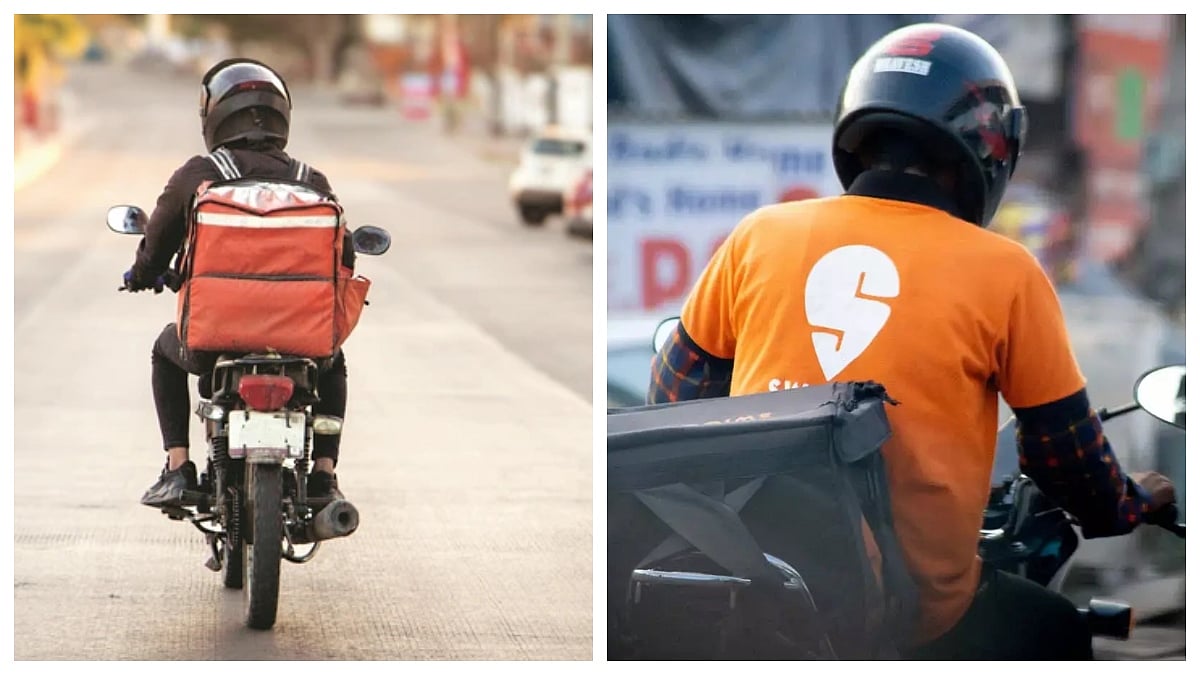It is certainly an extraordinary thing for three trains coming from different directions to collide with each other. Although what could have been the reason for the collision or who will be held responsible for the Balasore train crash will be known only after a detailed inquiry, there are systemic ills that have contributed to the deadly accidents, which is the latest in the never-ending series of train accidents in India. The irony is that on the evening of June 2, just a few hours before the horrific accident, Union minister for railways Ashwini Vaishnav, briefed the media about nine years of the Narendra Modi government at the BJP headquarters in New Delhi. According to reports, the minister’s first third of the briefing was about the railways, the sophisticated technology involved in running of the Vande Bharat trains and one of the top eight slots Indian railways were occupying in the world.
However, he did not anticipate that about two hours later, far away from Delhi, near the Balasore station in Odisha, there would occur the worst train crash in over 20 years. Of course, it was not the minister’s fault that the accident happened and it was not his fault that he failed to anticipate it. But it would not be wrong to say that the train accident is a tragic reality check for the Modi government and its supporters who have been in a perpetual congratulatory mode for the nine years it has been in office. Incidentally, on June 3, the prime minister, according to reports, was to flag off a new Vande Bharat train. But the Balasore train accident ruined all the preparation.
Train accidents do happen and pure operational failures are not uncommon on Indian railways. But when accidents happen because of the neglect of the ageing and antiquated railway system then the government, which believes in making the Indian railways sleek and fast, needs to really sit and take stock of the situation. In fact, more than singing songs of its achievements and more than lighting up railway stations and flagging off new trains, it is expected of the government to introspect why does India have so many rail accidents? Analysis of official records shows that though the number of consequential accidents has declined, the overall number of rail accidents in India remain high. The collision of three trains near Balasore is a result of a saturated system, emphasis on speed and punctuality, paucity of manpower and low emphasis on passenger safety.
Available information in the public domain about safety standards is a pointer to the fact that the Indian railways is tragically off-track. While new trains are being added to the overstretched systemic capacity of the railways, not enough is being done to address the safety issues, according to the parliamentary committee on railways and the Comptroller Audit General (CAG), both public institutions which exercise oversight over safety issues in the railways. Funding is not an issue, but the problem is the attitude to safety, as railways fall short of safety standards when compared with its internal protocols. Funds allocated from the general budget are not only not fully spent on safety measures but an increasing proportion is diverted to what the CAG terms as “non-priority” areas.
The CAG, after checking the budget and expenses of the railways, has reported that for the last several years, especially for the last four years, the maintenance and safety of the railways has been pushed to the background. Not only funds earmarked for ensuring safety — signal system and maintenance of tracks — are underutilised, there is also a huge shortage of employees with more than 3 lakh posts lying vacant. While there is scant care for the safety of passengers, a narrative has been created that India is now in the era of a railway revolution. But the ground reality is quite different — not only are the basics ignored, but train and passenger safety are not the railways' foremost priority.
Nonetheless, an illusion of progress with emphasis on augmenting “passenger experience” is being created to showcase modernisation of the railways, while a train journey for more than 90% of people who travel in general and sleeper compartments is far from a safe and pleasant experience. Not just railways, but the tragedy of our country is that there is little public scrutiny, accountability and, in turn, improvement because the system works in such a way that we do not fix responsibility and punish those responsible for tragedies like accidents. Instead, we move on from one mishap to another, ignoring safety culture, proper supervision, and organisational efficiency. This is because the focus is always on carrying more passengers by continuously adding new trains even when sections are saturated. As a result, while the railway traffic has expanded, the system is just not adequately prepared to handle the traffic. Nevertheless, the focus remains on creating a perception of progress, development, and modernisation.
However, despite its failings on several fronts, it does not mean that there is nothing right about the Indian railways. On the contrary, and despite derailments, accidents, administrative inefficiency and poor facilities, the railways, given its network spread across the country, is still doing a good job within the financial constraints it operates and the ticket prices it charges. With its long history of 170 years, Indian railways, the world’s fourth largest network, runs some 14,000 trains daily with 8,000 locomotives over a vast system of tracks spanning over 67,000 kilometres.
But the problem is that there has not been a corresponding increase in infrastructure, including tracks. As a result, many trains run with a short time gap in between, which calls for precision control, as even a minor failure of control of the system can cause an accident. Still, the number of trains are increasing, resulting in overloading of the existing system. For instance, the government has proposed to connect 200 cities with the Vande Bharat trains before the 2024 general election. Another target set by the government is 75 Vande Bharat trains to be rolled out by August 15.
The lesson from the Balasore tragedy is that technology alone is not the solution to all problems that the railways are grappling with. Technology is fallible and so are mechanised systems. The railways need competent engineers to manage technology and a larger skilled workforce to manage dysfunctional machines. Therefore, what the system really needs is a lot of upgrade work because the needed improvements have been incremental at best.
The writer is a senior independent Mumbai-based journalist. He tweets at @ali_chougule.



